Gold of the Pharaohs: The blockbuster exhibition that cast Edinburgh under ancient Egypt's spell
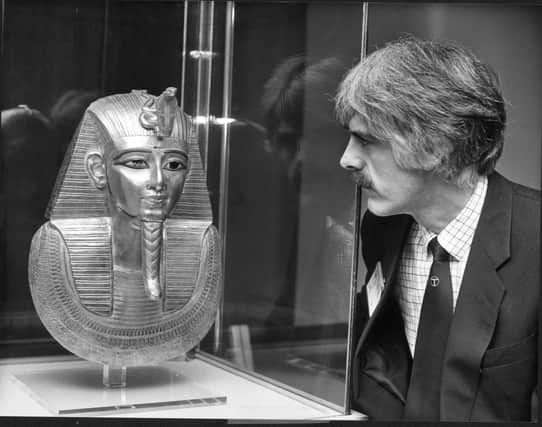

Let us know what you think and join the conversation at the bottom of this article
Queues to see the city's first true blockbuster exhibition stretched along Market Street, past the back entrance to Waverley Station, under North Bridge and beyond. So long did queues become, those patiently waiting became a captive audience for local buskers keen to help them pass the time while, hopefully, earning a bob or two.
As Pharaoh-mania engulfed the city, Lothian Region Transport, the forerunner to Lothian Buses, even painted one of their buses gold to celebrate the spectacular Egyptian artefacts coming to the city.
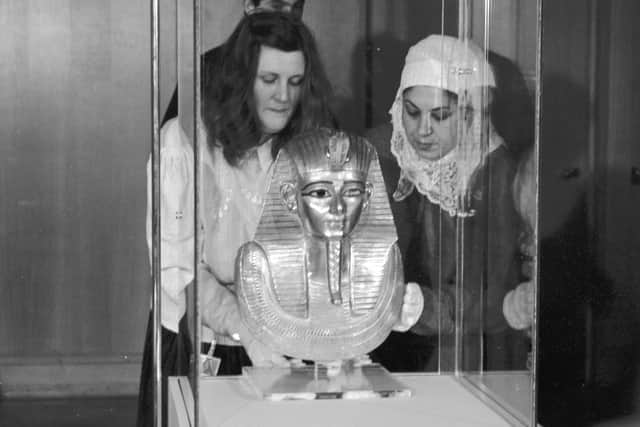

Advertisement
Hide AdAdvertisement
Hide AdGold of the Pharaohs, easily the most ambitious exhibition to have come to the Capital, attracted hundreds of thousands of visitors during it's short run - it opened on February 8 and closed on April 30, 1988. Backed by the District Council, the exhibition displayed the ancient Egyptian treasures of Tanis, a funerary horde unearthed from the royal necropolis on the site of the ancient city in the Nile Delta, dating from 1069 BC to 715 BC.
Discovered accidentally in 1939 by French archaeologist Pierre Montet, his finds included the invaluable gold funerary mask of King Psusennes I, the highlight of the exhibition and regarded as one of the most significant finds of the 20th century.
Also known as the ‘Silver Pharaoh’ – he was interred in an ‘inner silver coffin’ inlaid with gold – Psusennes I was the third King of the 21st Dynasty and it was during his reign, between 1047 and 1001 BC, that the task of transferring monuments from the old Capital to the new residence of the kings at Tanis. Psusennes I, a name that means ‘The Star Appearing in the City’, was the son of Pinedjem I and Henuttawy, Ramesses XI's daughter by Tentamun.
Also on display were a collection of millennia-old sarcophagi including a black basalt sarcophagus, jewel-encrusted amulets, death masks and other priceless artifacts on loan from the Cairo Museum, the Louvre and the British Museum.
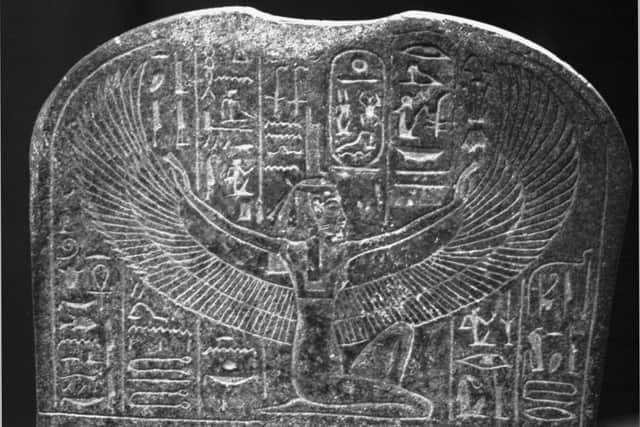

Advertisement
Hide AdAdvertisement
Hide AdIntegral to bringing the exhibition to Edinburgh was Herbert Coutts, Edinburgh City Curator between 1971 and 1999. An archaeologist, it was a trip he took to the Tutankhamun exhibition in London, in 1972, that sparked his desire to bring such an event to the Capital.“My vision was of a space that could take temporary exhibitions, drawing from permanent fine art collections, but also collections as important as the Tutankhamun exhibition. That was demonstrated when we were able to secure the Gold of the Pharaohs exhibition for Edinburgh. Without the City Art Centre, that wouldn’t have been possible,” he said.
Recalling the event, Christine Vincenti, who was involved in the promotion of the exhibition, told the Evening News, “It was a really exciting time when Gold of the Pharaohs fever hit Edinburgh. The phones in our office never stopped ringing with people wanting to book advance tickets to avoid the long queues which snaked all the way along Market Street.
“Schools and community groups from all over the UK came to Edinburgh to visit the exhibition. There was a huge interest from the media too and the exhibition received worldwide press coverage. The blockbuster exhibitions were brought to Edinburgh by Herbert Coutts, City Curator, who was ably assisted by a great team of staff including the late Dr Bob McLean and Ian O’Riordan, former Keeper of the City Art Centre. Without their drive and enthusiasm, the blockbuster exhibitions which firmly put the City Art Centre on the map, would never have happened.”
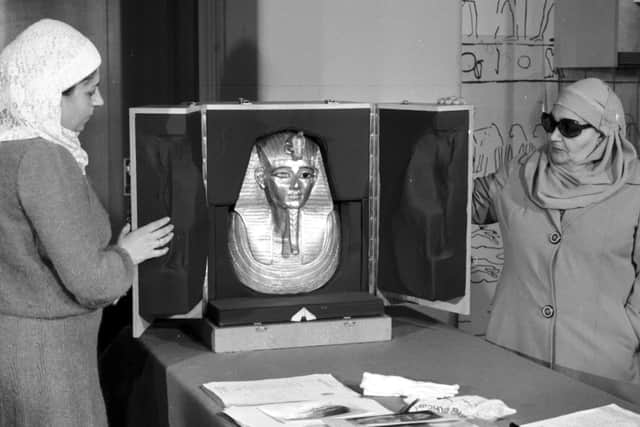

Insured for more than £25 million, Gold of the Pharaohs attracted almost double the 250,000 visitors which had flocked to see the Chinese Emperor’s Warriors exhibition, which had brought the terracotta army to the City Art Centre three years early.
Advertisement
Hide AdAdvertisement
Hide AdCoutts said, “It needed President Mubarak to agree for the Gold of the Pharaohs to come to Edinburgh. The insurance value was about £30 million. It would be a hell of a lot more now. The pharaonic gold objects were outstanding in quality and beauty and it made a big impression on everybody who came."
While Edinburgh had hosted many exhibitions that attracted school kids and adults alike - Atoms For Energy at the National Museum of Scotland being one most Capital school kids of the 70’s will remember - it was Gold of The Pharaohs and the earlier Chinese Warriors that paved the way for more blockbuster exhibitions to would later take the city by storm, most notably 1995's Star Trek: The Exhibition which attracted 191,702 visitors, far exceeding a Council target of 111,000, and brought Lt Cmdr Montgomery 'Scotty' Scott himself, actor James Doohan, to the City Arts Centre.
To this day, however, with a footfall of almost half a million visitors, Gold of the Pharaohs remains the most visited historical exhibition to be staged in the UK, outside of London.
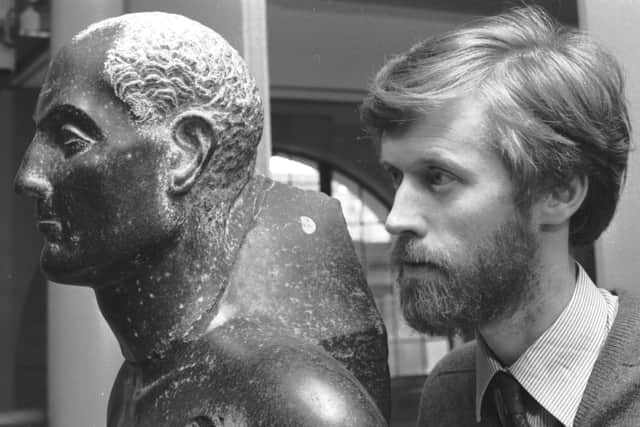

Thank you for reading this article. We're more reliant on your support than ever as the shift in consumer habits brought about by coronavirus impacts our advertisers.
If you haven't already, please consider supporting our trusted, fact-checked journalism by taking out a digital subscription
Comment Guidelines
National World encourages reader discussion on our stories. User feedback, insights and back-and-forth exchanges add a rich layer of context to reporting. Please review our Community Guidelines before commenting.
